Management of acute ureteric colic in a large tertiary centre during the initial COVID-19 pandemic – how did our practice change?
ABSTRACT NUMBER: FEGGETTER MEDAL FOR SENIOR TRAINEES (ST3+)_2
AUTHOR
Ishtiakul Gani Rizvi
MAIN ABSTRACT TEXT
Introduction
Treatment of acute ureteric colic according to current BAUS guidelines can be challenging, particularly during the COVID-19 pandemic. We aim to audit our practice during the initial COVID-19 pandemic.
Methods
A retrospective analysis of 94 patients admitted with ureteric colic during the initial COVID-19 pandemic (March to June 2020). Data was collected from records and outcomes compared to a pre-pandemic audit of our acute stone service (January to June 2018).
Results
Patient demographics were comparable: 33 admissions/month (pre-COVID 37), average age 52 years (pre-COVID 53 years), and median stone size 6 mm (pre-COVID 5mm). Septic patients (23%, pre-COVID 17%) underwent ureteric stenting (23%, pre-COVID 17%) or nephrostomy (10%, pre-COVID <1%). For non-septic patients, 46% underwent primary treatment (ureteroscopy:ESWL = 1:1, pre-COVID = 2:1), 24% ureteric stenting (pre-COVID 31%) and 30% conservative management (pre-COVID 34%). Median time to primary ureteroscopy (94% successful) and ESWL (76% successful; 1-2 sessions) was 24 hours (target <48 hours). Median time from stent insertion to definite ureteroscopy was 5.8 weeks (pre-COVID 6.6 weeks, target <4 weeks) and subsequent cystoscopic stent removal was 4 weeks (target <2 weeks). For patients managed conservatively, median time to outpatient review was 7.1 weeks (pre-COVID 5.4 weeks, target <4 weeks) and follow-up imaging 8.2 weeks.
Conclusion
These results from one of the largest stone units in the UK show, that despite the pandemic, primary stone intervention was still achievable within 24 hours with greater reliance on ESWL and nephrostomy insertion due to concerns regarding general anaesthesia and COVID-19.
